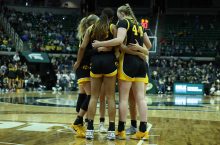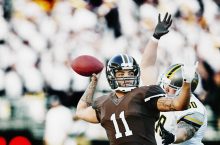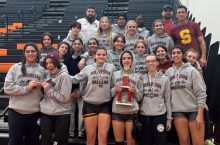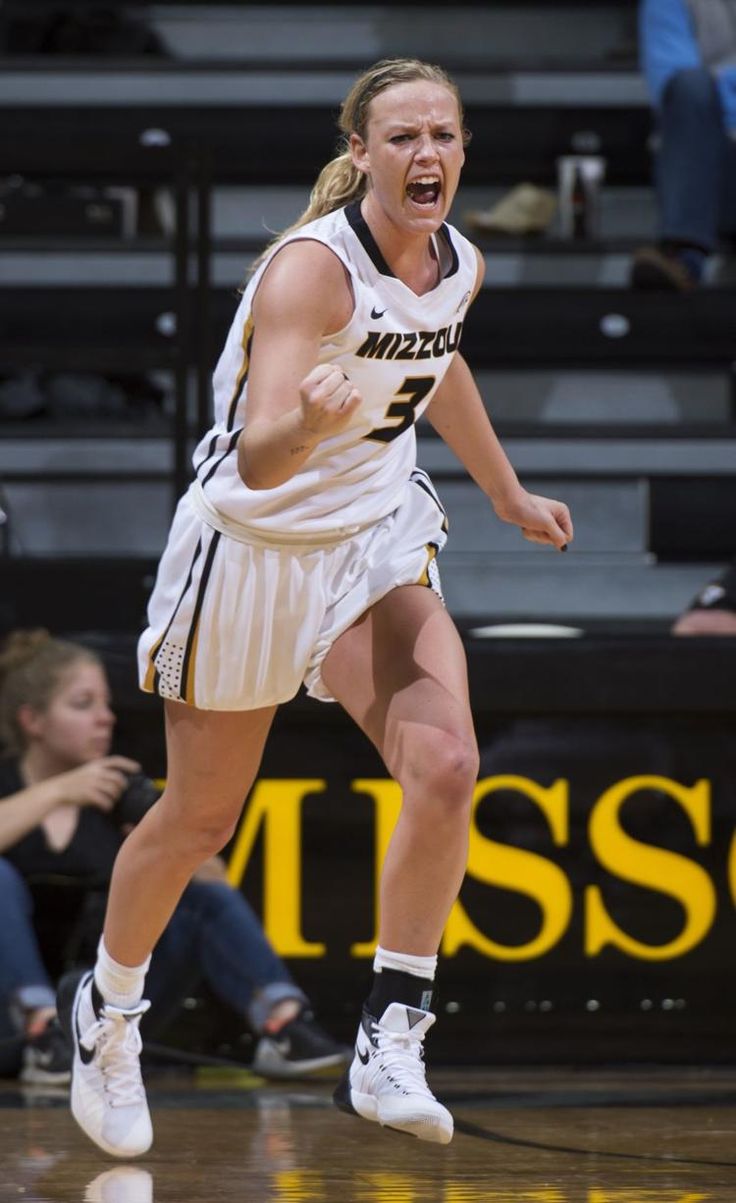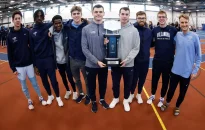Nixa junior Jackson Cantwell carries a flag at the Class 6 championship game at Memorial Stadium in Columbia, Mo. Paul Halfacre, Post-Dispatch Listen now and subscribe: Apple Podcasts | Spotify One of the most common complaints I hear about name, image and likeness dollars flooding the college sports scene is a lack of transparency about […]


Nixa junior Jackson Cantwell carries a flag at the Class 6 championship game at Memorial Stadium in Columbia, Mo.
One of the most common complaints I hear about name, image and likeness dollars flooding the college sports scene is a lack of transparency about who makes what.
We know what pro athletes make, so if the college game is going to basically go pro, why not make NIL money known, too? People tend to forget that while we know Nolan Arenado’s Cardinals salary, we don’t know how much he makes from Nike, or any of the other brands he decides to partner with. That’s more like NIL money, at least for now. You know it’s there — but you don’t know who gets what.
Most of the time, it’s probably best that the NIL earnings of, say, a teenage kicker are not one mouse click away after he doinks a game-deciding field goal off a crossbar. But I’ll admit there are times when it would be nice to have some NIL transparency when attempting to evaluate what has become annual roster migration through the transfer portal. Thanks to NIL, it’s basically impossible to know if a player leaving one program for another has anything to do with the player, his playing time, the program he’s leaving or the one he’s joining. It used to almost always be about at least one of these things. Now it’s often about none of them.
People are also reading…
Today it’s usually about the next round of NIL money sounding bigger at the new spot. Good luck evaluating that. A cloudy example just played out at Mizzou.
Pass rusher Williams Nwaneri was the toast of the Show-Me State when he picked his home-school program as a five-star Kansas City area prospect and top-10 player nationally in his class. His true freshman season was unspectacular, but he got a small taste of the action, preserved four years of eligibility by redshirting and was expected by all to contribute a lot more in 2025.
Instead he was quickly in the transfer portal and just as quickly introduced as Nebraska’s newest Cornhusker. If Nebraska loses its upcoming bowl game, its streak of losing seasons will date back to 2017. The Cornhuskers are 11-13 over the last two seasons. Mizzou is 20-5 under coach Eli Drinkwitz the last two seasons.
Maybe it has something to do with Jamar Mozee, who has gone from Nwaneri’s former high school coach to something called a senior football assistant at Nebraska. Maybe it has a lot to do with NIL.
In instances like this, knowing the NIL numbers would be both interesting and informative. Now, and especially later.
What I’d really like to compare and contrast is the NIL haul Luther Burden made during his time at Mizzou to what in-state Tigers who later transferred out wound up earning elsewhere when all was said and done. Not just in their first season on a new campus. Over the long haul. Nwaneri is the latest. Examples before him included Dominic Lovett (Mizzou to Georgia) and Mekhi Wingo (Mizzou to LSU.)
I’d bet Burden beats them all, just as I’d bet any highly heralded preps prospect coveted by the SEC or Big Ten program closest to him has the best chance to maximize his college career NIL potential by going to that nearby program and staying put until it’s time to go to the NFL. It’s not a luxury every college-bound player has. It is one the best can maximize, and I don’t think any player in the NIL era has done it better than Burden.
Burden’s talent was going to make him a lot of NIL money no matter where he went. But his brand was strongest at Mizzou, and the steadfast loyalty he showed the Tigers was rewarded. So much so that Burden didn’t have to go chase the money. The money chased him. I don’t know what Burden made over the course of his Mizzou career, but I know the deals he got in the beginning were at times trumped by the deals he got toward the end, so much so that he even dropped some because he didn’t think he needed them.
“Last year, after the Cotton Bowl, he’s first-team All-SEC,” Drinkwitz said of Burden during a recent SEC Network appearance. “We are in that time when we are meeting with players and reworking NIL. He was the only kid who hadn’t met with me. I called him, like, ‘Luther, are we good? What’s going on?’ He said, ‘Coach, I trust you. You always take care of me. Whatever you think is fair, pay me.’ And that was the only conversation I ever had with him about NIL while he was here. So, that, to me, is unbelievable.”
That’s the place we have reached in this current, crazy world of college football. A star player staying home and staying true without controversy or chaos is almost hard to believe. I encourage guys — like Nixa’s Jackson Cantwell — to try it, not out of sepia-toned nostalgia and longing for the past. I really do think it’s the best way for these guys to cash in, and I do sometimes wish the numbers were public, because they would probably open some eyes.















 @Boston Celtics #NBA #Basketball #Celtics #JaysonTatu…
@Boston Celtics #NBA #Basketball #Celtics #JaysonTatu…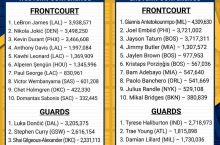
 #NBA #basketball #NBAXmas #Jalen…
#NBA #basketball #NBAXmas #Jalen…
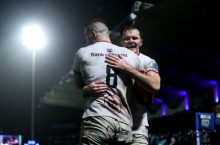






 #McLaren #F1 #Gingerbread #CapCu…
#McLaren #F1 #Gingerbread #CapCu…





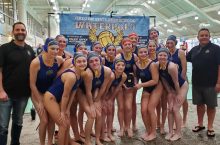






 CMA Members get access to my “AXEL TECHNIQ…
CMA Members get access to my “AXEL TECHNIQ…
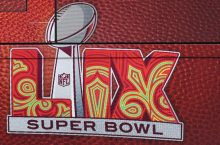

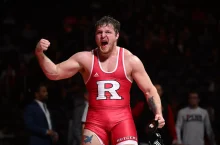

 #rugby #haka
#rugby #haka